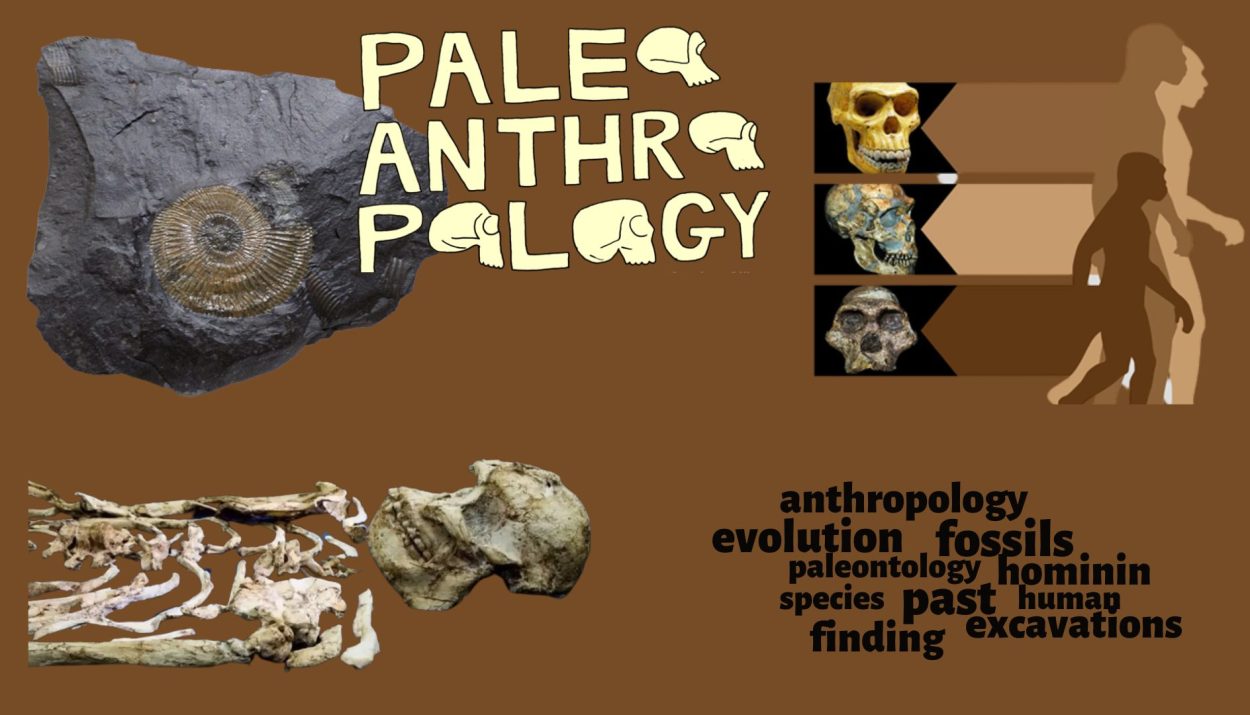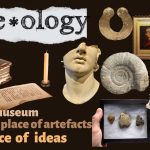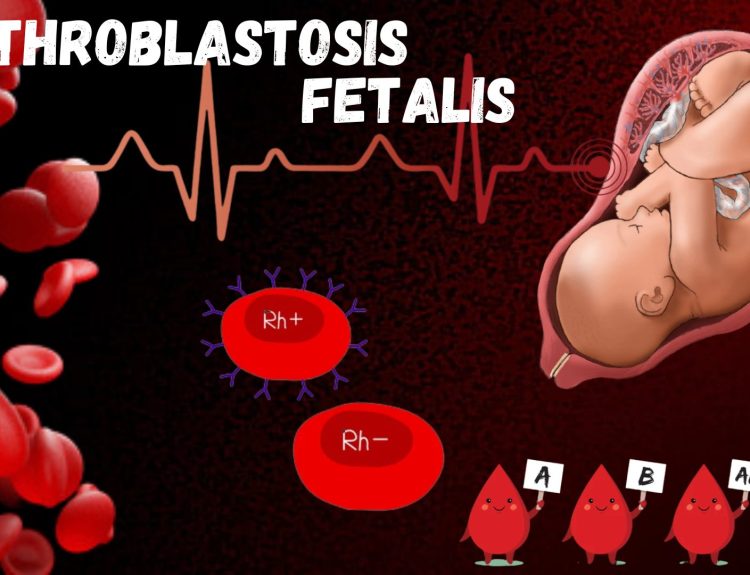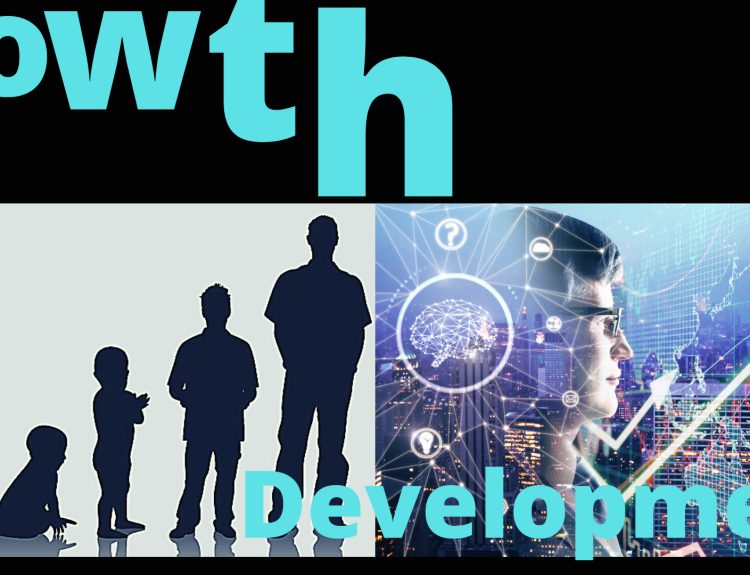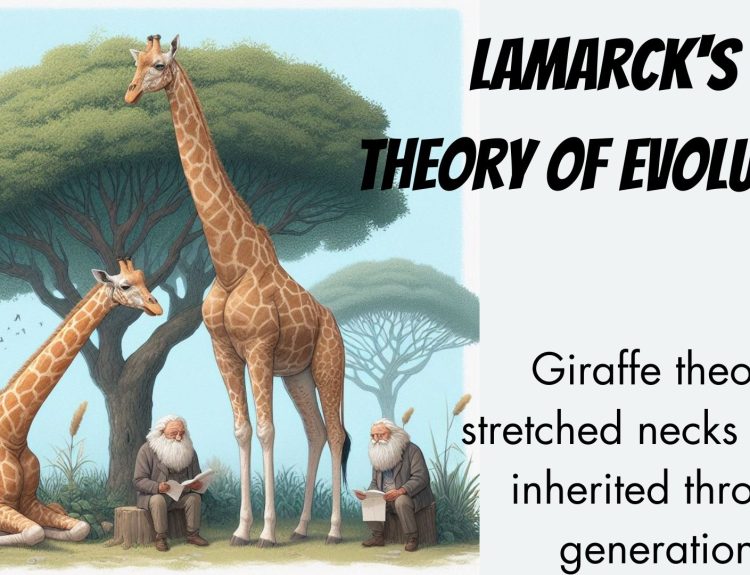It is made up of several words that are linked together. They are ‘paleo’ which means early or ancient and another word ‘Anthropos’ which means man. When we put these together, we get an early man. Paleoanthropology refers to the study of older or archaic humans that focuses on hominin evolution.
It is the branch of anthropology that deals with fossil hominids. It falls under biological anthropology which is specifically looking at the fossil record. It gave us scientific answers –
Where did we come from?
How have we evolved?
It gave the theory of evolution.
Definitions
Palaeontology
According to the Merriam- Webster dictionary– Paleontology is the science dealing with the life of past geologic periods as known from fossil remains.
According to the Cambridge dictionary– Palaeontology is the study of fossils as a way of getting information about the history of life on Earth and the structure of rocks.
Paleoanthropology
According to the Merriam- Webster dictionary- Paleoanthropology is the branch of anthropology dealing with fossil hominids.
Fossils
According to the Merriam- Webster dictionary– Fossils are preserved from a past geologic age.
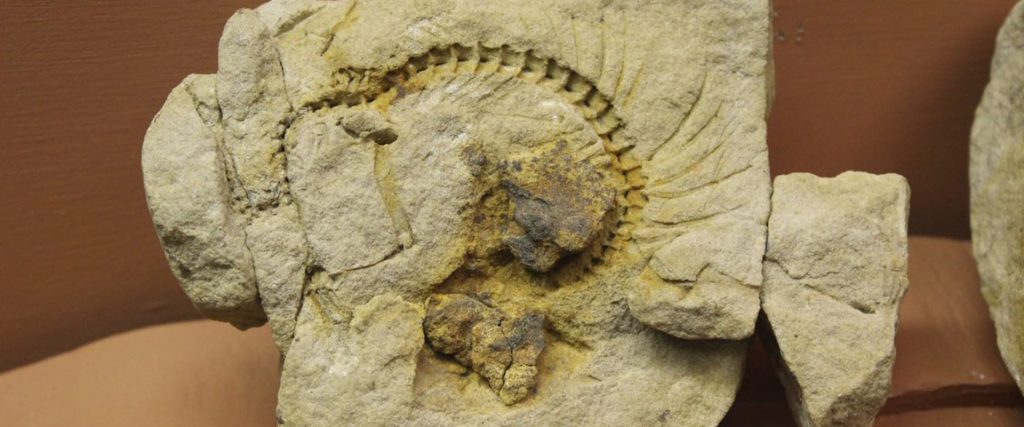
Fossils are the remains and impressions of ancient organisms naturally preserved in stone. There are hundreds of types of fossils. The two main types-
Body fossils- These are the preserved remains of animals and plants.
Trace Fossils- These are records of animal behaviour such as footprints.
Fossilization is the process of preserving organisms in stones.
Hominins
According to the Merriam- Webster dictionary– Hominin is defined as any of a taxonomic tribe (Hominini) of hominids that includes recent humans together with extinct ancestral and related forms.
According to the Collins dictionary– Hominin is any primate of the tribe of hominids that includes modern humans and their direct ancestors.
Role of Paleoanthropologists
Paleoanthropologists study early humans that are preserved as fossils in the fossil record. They focus not only on early man but also on what they believed in. They understand that the biogeographic movement of organisms from one end of the continent to the other can help predict hominin movement around the world.
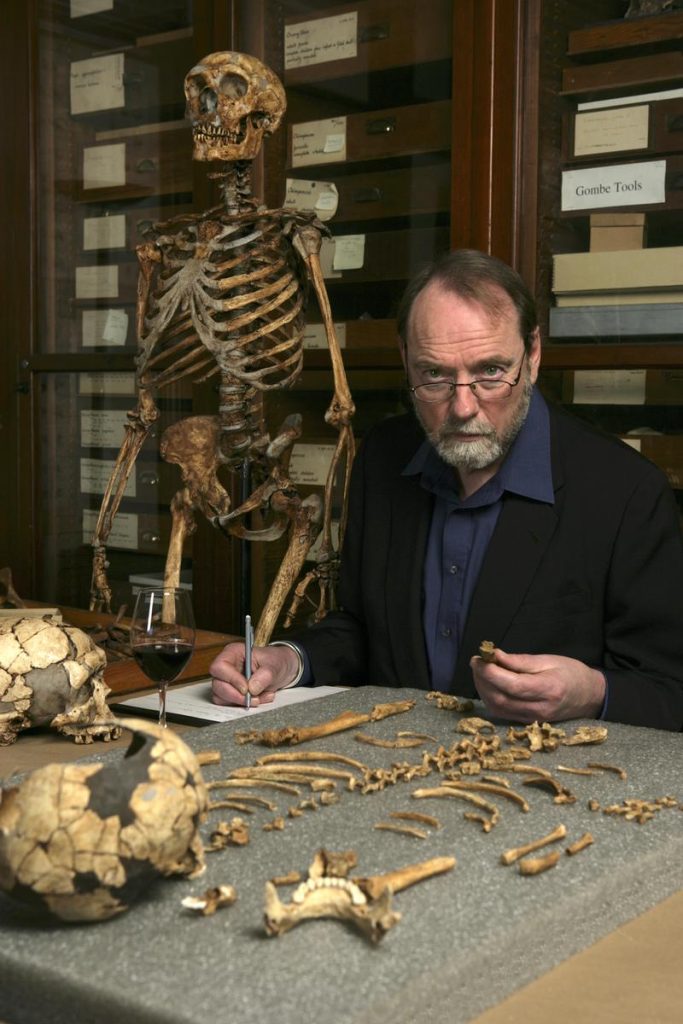
Many hominin fossils have been discovered to further our understanding of human evolution. They explain the entire evolutionary side of anthropology. They attempt to reconstruct the past from the evidence discovered.
The fossils found are scanned and analyzed to examine the morphology of the bone to determine how early human life was. Such investigations tell us about bipedalism, stone tools, and how it is depicted in a particular movement. This all helps us to place the hominins from early to the latest.
Conclusion
Paleoanthropology is a difficult field but advanced technologies are making it easier for us to understand hominin evolution than ever before.
This field is expanding and we need more researchers to work in this area.


